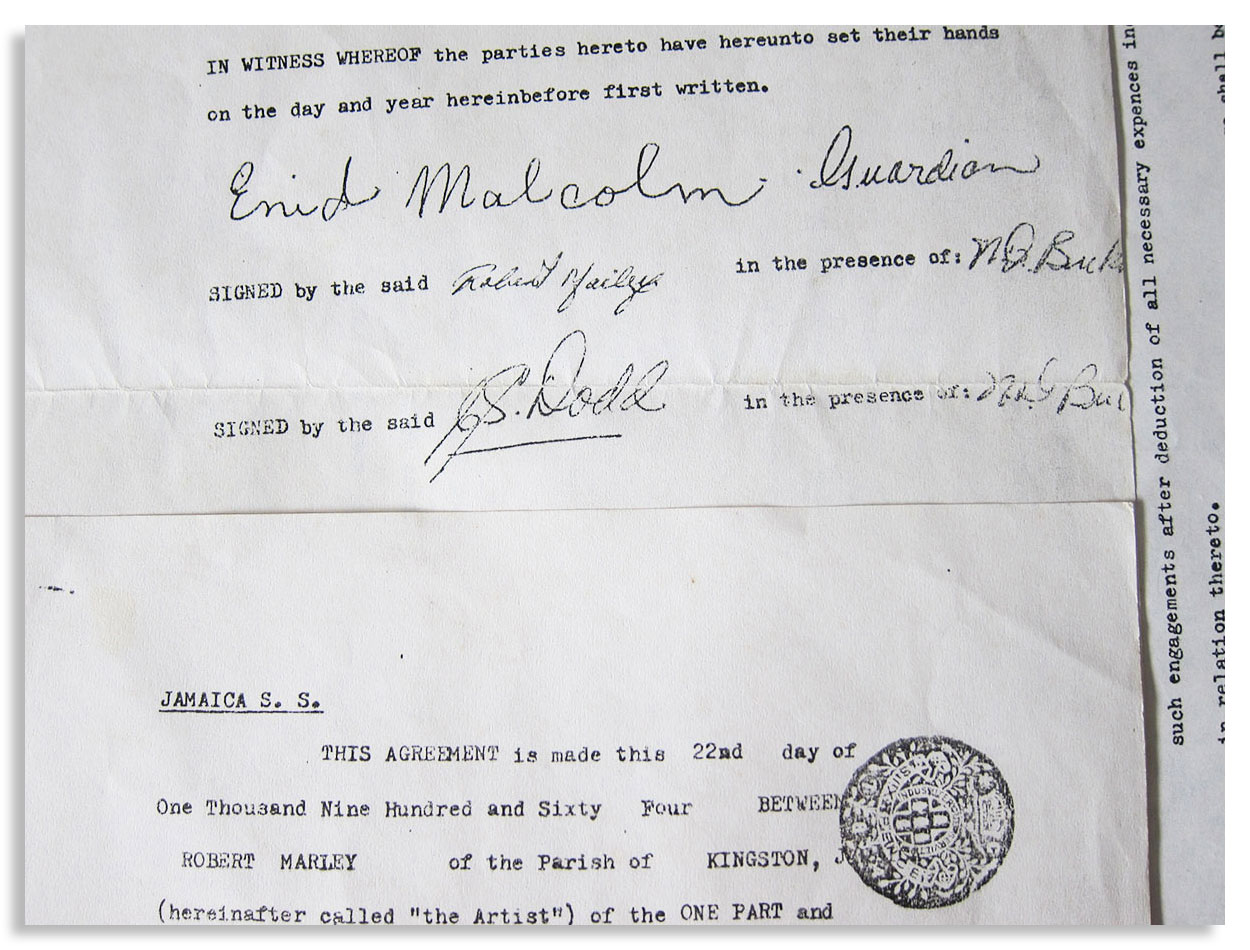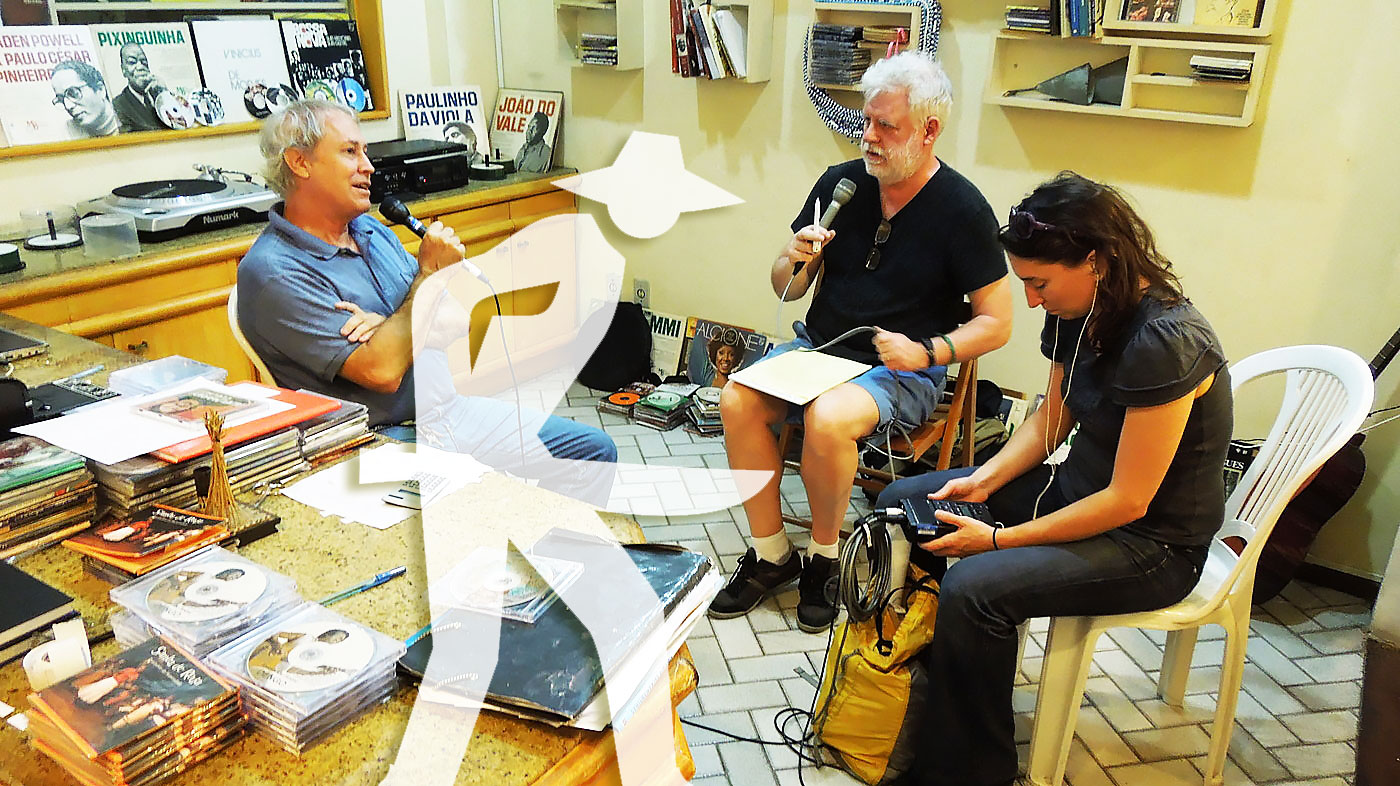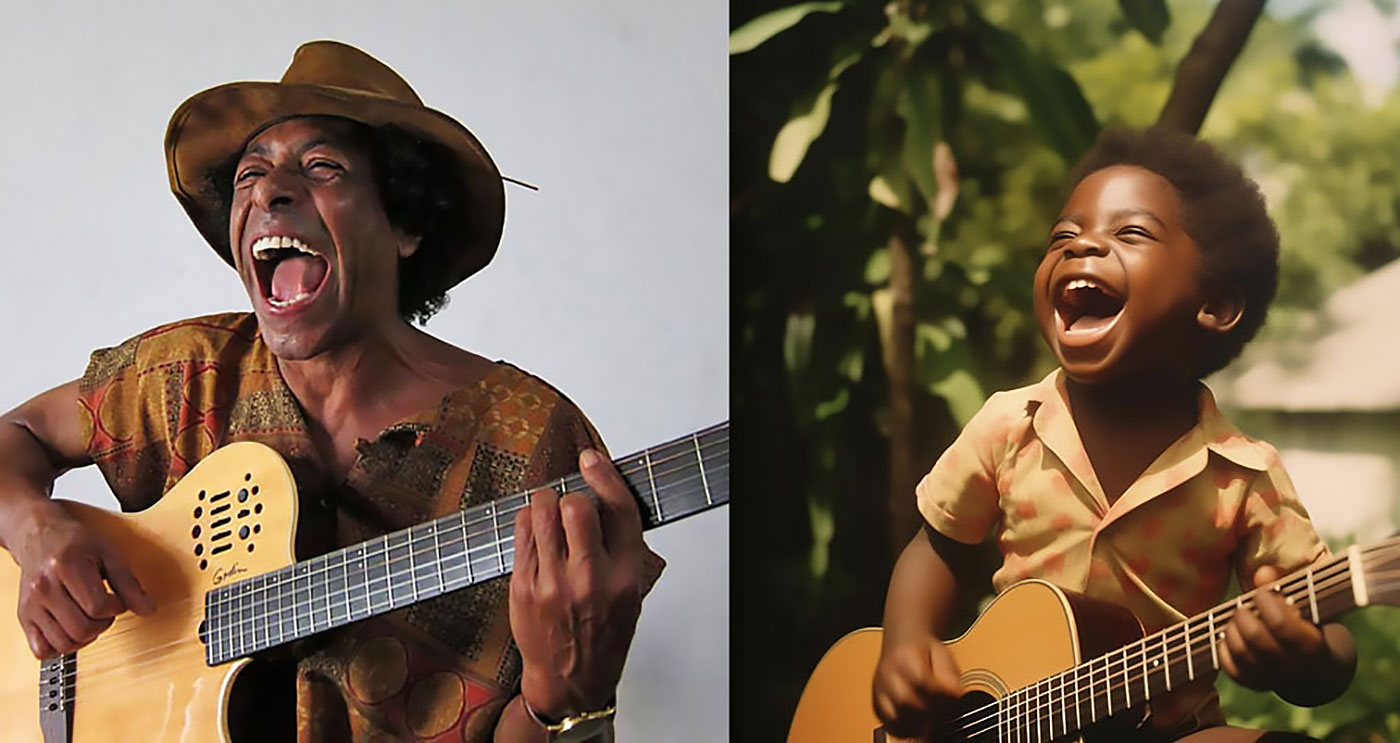CURATION
- from this page: by Augmented Matrix
Network Node
- Name: David Greely
- City/Place: Breaux Bridge, Louisiana
- Country: United States
- Hometown: Baton Rouge, Louisiana
Life & Work
-
Bio:
David Greely’s French Louisiana music is opening a new wing in his tradition. David has taken the swampy syncopations of Cajun music and its renaissance French dialect to new level of sophistication without losing its urgency and texture. In solo acoustic performance, he sounds like two or three fiddles, weaving accompaniment to his vocals as if it’s someone else singing. Presenting his concerts in English or French, he embraces all the aspects of his heritage that a fiddle and voice can reach- ancient ballads, cane field blues, yearning waltzes and fiery two steps, and melds his ancestral legacy with his own adroit compositions and stories of the rich souls who kept this music and language alive.
David was born in Baton Rouge of Cajun and Irish ancestry, and learned Cajun music on dance hall stages throughout South Louisiana, in the archives of Cajun and Creole music at the University of Louisiana in Lafayette, and from his apprenticeship to Cajun fiddle master and National Heritage Fellow Dewey Balfa. As a founding member of Steve Riley and the Mamou Playboys, David toured Folk Festivals worldwide for 23 years, and was nominated for four Grammy Awards. He has received the Louisiana Artist Fellowship Award for Folklife Performance, and is an adjunct instructor of Cajun fiddle at the University of Louisiana.
Contact Information
-
Management/Booking:
For Booking:
David Greely
[email protected]
216 Martin Street
Breaux Bridge, Louisiana 70517
Media | Markets
- ▶ Book Purchases: http://davidgreely.com/books
- ▶ Website: http://davidgreely.com
- ▶ YouTube Channel: http://www.youtube.com/channel/UC-j4ekuGxnAebh1_epOjqfg
- ▶ YouTube Music: http://music.youtube.com/channel/UC-xn0a5DkyWazJKY4fcggcw
- ▶ Spotify: http://open.spotify.com/album/2EPhpTh5w1o38CGIVoKofc
My Writing
-
Publications:
Books
The Balfa Brothers Play Traditional Cajun Music
A French/English Interlinear Translation- 22 songs
The Songs of Iry Lejeune
A French/English Interlinear Translation- 25 songs
Transcriptions and Translations
by
David Greely
These books contain transcriptions and translations of the Cajun French language found in the lyrics of the Balfa Brothers’ magnificent two first albums, and Iry Lejeune’s classic recordings.
Transcription and translations for these recordings are already available elsewhere, but these books take a radically different approach.
Here the translations are interlinear (between each line) and painstakingly literal. The reader will immediately know the meaning of each word as well as the syntax of the French spoken by the Cajuns of South Louisiana.
For example, lines like :
O, bébé, oublie pas, viens me rejoindre
Oh baby forget not come me rejoin
…have always been translated elsewhere on the page, in smooth English, with all the foreign arrangements of the words converted to the accustomed English ways of expression, like this :
Oh, baby, don’t forget, come back to me
The interlinear method may seem awkward, but it gives a much clearer picture of the structure of French expression, such as reflexive phrases like viens me rejoindre, normally translated as come back to me, when the French words are actually in this order, come me rejoin.
There are parts of words in subscript to highlight letters that are uniquely silent in the Cajun French dialect. Liquid syllables like the re in rejoindre are not often pronounced in this dialect, and are usually rendered as r’joind’. The subscript highlight leaves the word properly spelled, to help the singer learn how to write and read French, and at the same time clearly helps the singer pronounce Cajun French convincingly and helps the words fit the rhythms of the song as intended by the original singers.
The song titles are numbered according to their appearance on the track list of the CD, The Balfa Brothers Play Traditional Cajun Music Volumes I and II (SW-6011,) minus the instrumental tracks.
The Iry Lejeune lyrics are for all his recordings, and the book corresponds to the CD, Iry Lejeune: The Definitive Collection (Ace CDCHD 428)
It is highly recommended to learn while listening to the Balfa Brothers, or to Iry Lejeune’s recordings, so that you can imitate their accent and pronunciation, and thereby create a convincing Cajun French vocal.
Clips (more may be added)
The Matrix is a small world network. Like stars coalescing into a galaxy, creators in the Matrix mathematically gravitate to proximity to all other creators in the Matrix, no matter how far apart in location, fame or society. This gravity is called "the small world phenomenon". Human society is a small world network, wherein over 8 billion human beings average 6 or fewer steps apart. Our brains contain small world networks...
![]() Wolfram MathWorld on the Small World Phenomenon
Wolfram MathWorld on the Small World Phenomenon
![]() Matemática Wolfram sobre o Fenômeno Mundo Pequeno
Matemática Wolfram sobre o Fenômeno Mundo Pequeno
"In a small world, great things are possible."

It's not which pill you take, it's which pathways you take. Pathways originating in the sprawling cultural matrix of Brazil: Indigenous, African, Sephardic and then Ashkenazic, European, Asian... Matrix Ground Zero is the Recôncavo, contouring the Bay of All Saints, earthly center of gravity for the disembarkation of enslaved human beings — and the sublimity they created — presided over by the ineffable Black Rome of Brazil: Salvador da Bahia.
("Black Rome" is an appellation per Caetano Veloso, son of the Recôncavo, via Mãe Aninha of Ilê Axé Opô Afonjá.)
"Dear Sparrow: I am thrilled to receive your email! Thank you for including me in this wonderful matrix."
—Susan Rogers: Personal recording engineer for Prince, inc. "Purple Rain", "Sign o' the Times", "Around the World in a Day"... Director of the Berklee Music Perception and Cognition Laboratory
"Thanks! It looks great!....I didn't write 'Cantaloupe Island' though...Herbie Hancock did! Great Page though, well done! best, Randy"
"We appreciate you including Kamasi in the matrix, Sparrow."
—Banch Abegaze: manager, Kamasi Washington
"This is super impressive work ! Congratulations ! Thanks for including me :)))"
—Clarice Assad: Pianist and composer with works performed by Yo Yo Ma and orchestras around the world
"Dear Sparrow, Many thanks for this – I am touched!"
—Julian Lloyd-Webber: UK's premier cellist; brother of Andrew Lloyd Webber (Evita, Jesus Christ Superstar, Cats, Phantom of the Opera...)
"Thanks, this is a brilliant idea!!"
—Alicia Svigals: World's premier klezmer violinist
Developed here in the Historic Center of Salvador da Bahia ↓ .
![]() Bule Bule (Assis Valente)
Bule Bule (Assis Valente)
"♫ The time has come for these bronzed people to show their value..."
Production: Betão Aguiar
MATRIX MODUS OPERANDI
Recommend somebody and you will appear on that person's page. Somebody recommends you and they will appear on your page.
Both pulled by the inexorable mathematical gravity of the small world phenomenon to within range of everybody inside.
And by logical extension, to within range of all humanity outside as well.
MATRIX (PARDAL)
I'm Pardal here in Brazil (that's "Sparrow" in English). The deep roots of this project are in Manhattan, where Allen Klein (managed the Beatles and The Rolling Stones) called me about royalties for the estate of Sam Cooke... where Jerry Ragovoy (co-wrote Time is On My Side, sung by the Stones; Piece of My Heart, Janis Joplin of course; and Pata Pata, sung by the great Miriam Makeba) called me looking for unpaid royalties... where I did contract and licensing for Carlinhos Brown's participation on Bahia Black with Wayne Shorter and Herbie Hancock...
...where I rescued unpaid royalties for Aretha Franklin (from Atlantic Records), Barbra Streisand (from CBS Records), Led Zeppelin, Mongo Santamaria, Gilberto Gil, Astrud Gilberto, Airto Moreira, Jim Hall, Wah Wah Watson (Melvin Ragin), Ray Barretto, Philip Glass, Clement "Sir Coxsone" Dodd for his interest in Bob Marley compositions, Cat Stevens/Yusuf Islam and others...
...where I worked with Earl "Speedo" Carroll of the Cadillacs (who went from doo-wopping as a kid on Harlem streetcorners to top of the charts to working as a janitor at P.S. 87 in Manhattan without ever losing what it was that made him special in the first place), and with Jake and Zeke Carey of The Flamingos (I Only Have Eyes for You)... stuff like that.

Yeah this is Bob's first record contract, made with Clement "Sir Coxsone" Dodd of Studio One and co-signed by his aunt because he was under 21. I took it to Black Rock to argue with CBS' lawyers about the royalties they didn't want to pay (they paid).
MATRIX MUSICAL
I built the Matrix below (I'm below left, with David Dye & Kim Junod for U.S. National Public Radio) among some of the world's most powerfully moving music, some of it made by people barely known beyond village borders. Or in the case of Sodré, his anthem A MASSA — a paean to Brazil's poor ("our pain is the pain of a timid boy, a calf stepped on...") — having blasted from every radio between the Amazon and Brazil's industrial south, before he was silenced. The Matrix started with Sodré, with João do Boi, with Roberto Mendes, with Bule Bule, with Roque Ferreira... music rooted in the sugarcane plantations of Bahia. Hence our logo (a cane cutter).
A Massa (do povo carente) / The Masses (of people in need)

-
Add to my PlaylistA Massa - Raymundo Sodré (7,093 plays)
-
Add to my PlaylistSina de Cantador - Raymundo So... (6,909 plays)
-
Add to my PlaylistMagnetismo - Raymundo Sodré ... (6,353 plays)
-
Add to my PlaylistSacando a Cana - Raymundo Sodr... (5,957 plays)
-
Add to my PlaylistMêrêrê - Raymundo Sodré (5,465 plays)
-
Add to my PlaylistJardim do Amor - Raymundo Sodr... (4,677 plays)
-
Add to my PlaylistDebaixo do Céu - Raymundo Sodr... (4,151 plays)
-
Add to my PlaylistDesejo de Amar - Raymundo Sodr... (3,861 plays)
-
Add to my PlaylistOração pra Yá Oxum - Raymundo ... (3,741 plays)
-
Add to my PlaylistYá África - Raymundo Sodré (3,509 plays)
-
Add to my PlaylistMeu Rio, Cadê o Papel - Raymun... (3,177 plays)
-
Add to my PlaylistCasa de Trois - Raymundo Sodré... (2,896 plays)
-
Add to my PlaylistMulher é Laço que Prende o Coração do Vaqueiro - R... (2,556 plays)




































































































































































































































































































































































































































































